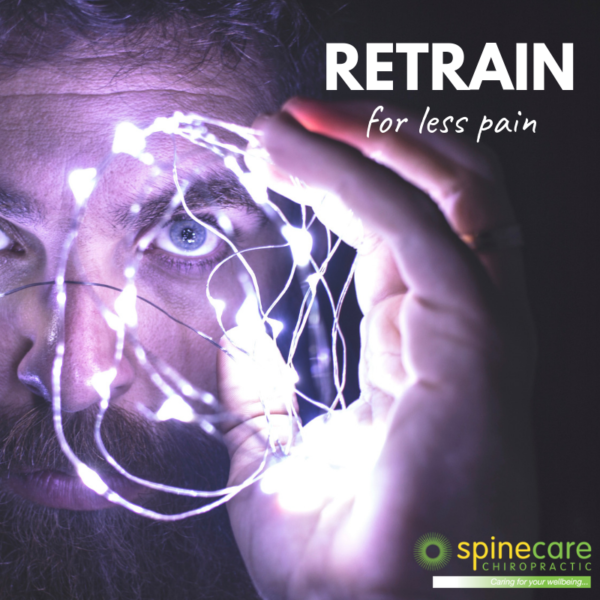The powerful pain medication that’s all in your head

These days, we know enough about the human brain to realise… we don’t know much at all.
Every year, neuroscientists discover new and amazing things about that complex cauliflower upstairs, yet our knowledge of the brain remains in its infancy.
What we do know, is that we vastly underestimate its power – especially when it comes to healing.
The brain that changes itself
Over the last few decades, the old view of the brain as a fixed, unchanging organ has been gradually dismantled by evidence of its great plasticity. Neuroplasticity describes the brain’s ability to reorganise itself and form new neural pathways, making spectacular recoveries from injury and trauma, or simply getting ‘fitter’ via techniques such as meditation.
When it comes to pain, this malleability can work for or against us.
Wired for pain
Chronic pain (like that experienced by people with constant back pain without a structural cause) can be a result of the brain adapting to and perpetuating a pain response. Long after any injury has healed, nociception (the nervous system’s response to harmful stimuli) continues, creating a learned sensitivity that sticks around.
In a fascinating experiment, psychiatrist Michael Moskowitz conquered his own pain – using the power of the brain alone.
Moskowitz on a mission
After a water-skiing accident that left him with crippling neck pain for the next 13 years, Moskowitz was determined to better understand how pain works, and find a way of healing himself when nothing else could.
So, he set about mapping all the parts of the brain involved in pain, and observed that they had other functions, too. For instance, an area in charge of processing pain in the hand, might also process emotions. Another part that registered neck pain, may be involved in ‘visualisation’. In recognising these overlapping functions, he wondered: was it possible to use this to his advantage? Could he strengthen one faculty over another to crowd-out and diminish the pain response?
So that’s exactly what he did.
Think it; be it
Whenever he experienced high-level pain (which at first, was near-constant), he used visualisation to ‘reclaim’ parts of his misbehaving brain.
He knew that the posterior cingulate and the posterior parietal lobe, for example, were two zones involved in both visual processing and pain, so he “relentlessly” visualised his brain healing – all those overactive areas he knew so well from his studies, shrinking, reducing in activity, and returning to normal function.
By forcing that part of the brain sending the incorrect pain signals to ‘do something else’, his goal was to create a new neurological habit.
After three weeks, he noticed small, positive changes. After four months, he was experiencing his first pain-free days in over a decade. And in one year, he was completely healed.
He went on to replicate his results in others, with patients skeptical at first – before experiencing total and lasting relief with ongoing practice.
The takeaway for people in pain
What can you take from this story?
You have an innate and incredible ability to heal. We all do.
Things like ‘visualisation’ and ‘positive thinking’ may sound intangible – and downright new age – but they’re actually powerful tools in rewiring the brain. It’s just a matter of science catching up.
As chiropractic practitioners, we’re all about letting the body do its thing – which is why we focus on removing interference from the nervous system to enact self-healing.
Practices of visualisation, meditation and positive thinking are the perfect complement to chiropractic care, and we’re so excited to see what else the future holds for knowledge of, and appreciation for, our remarkable noggins.

